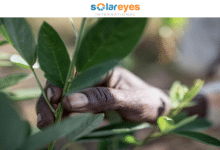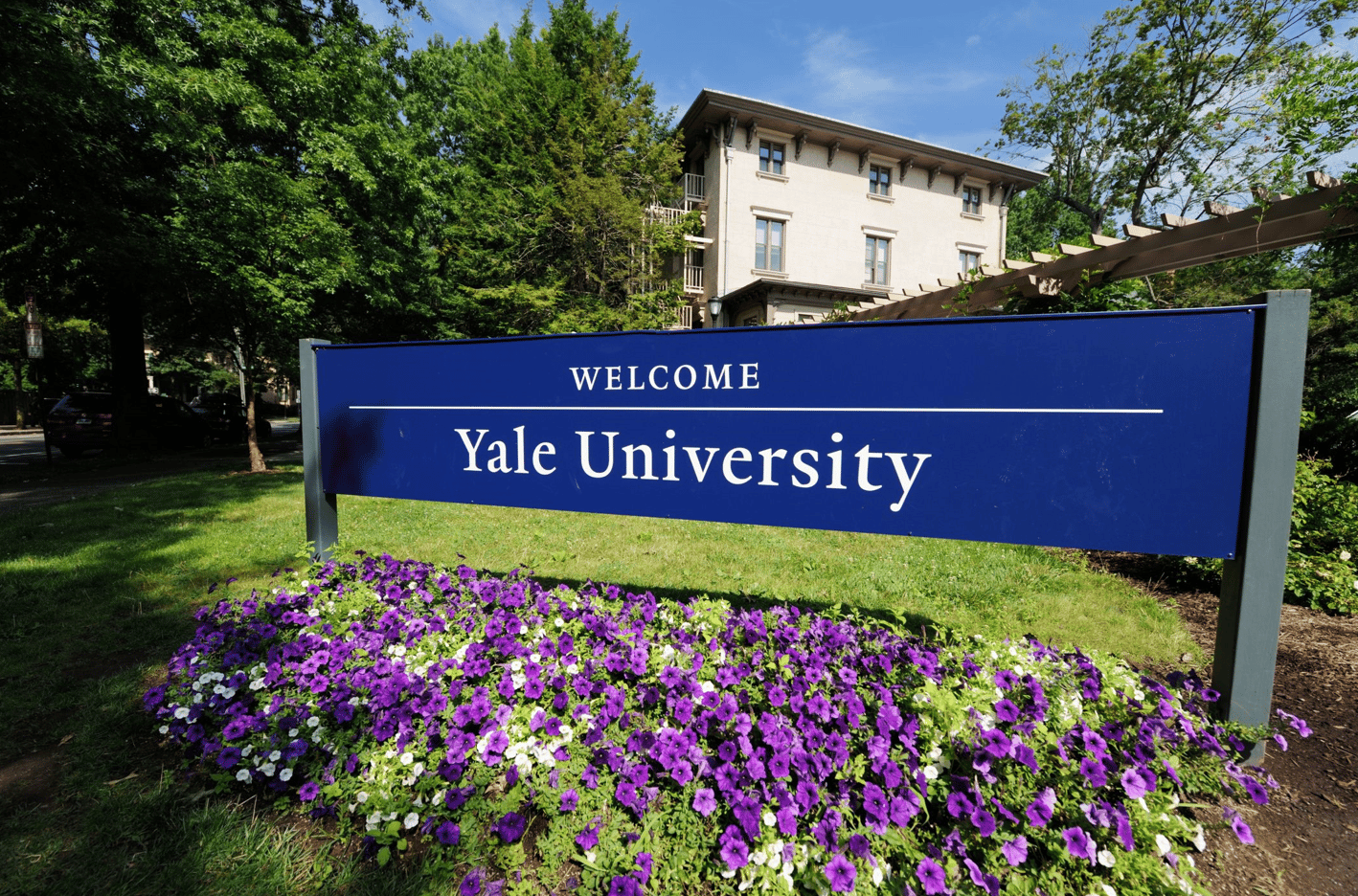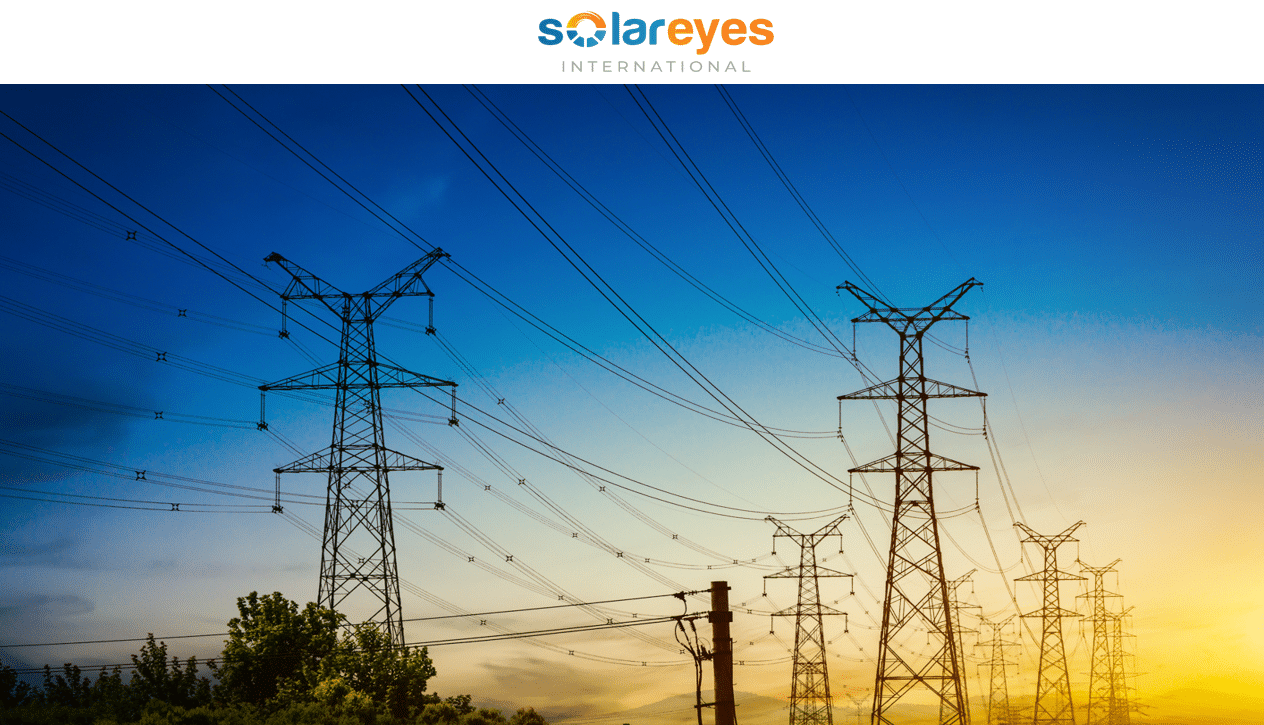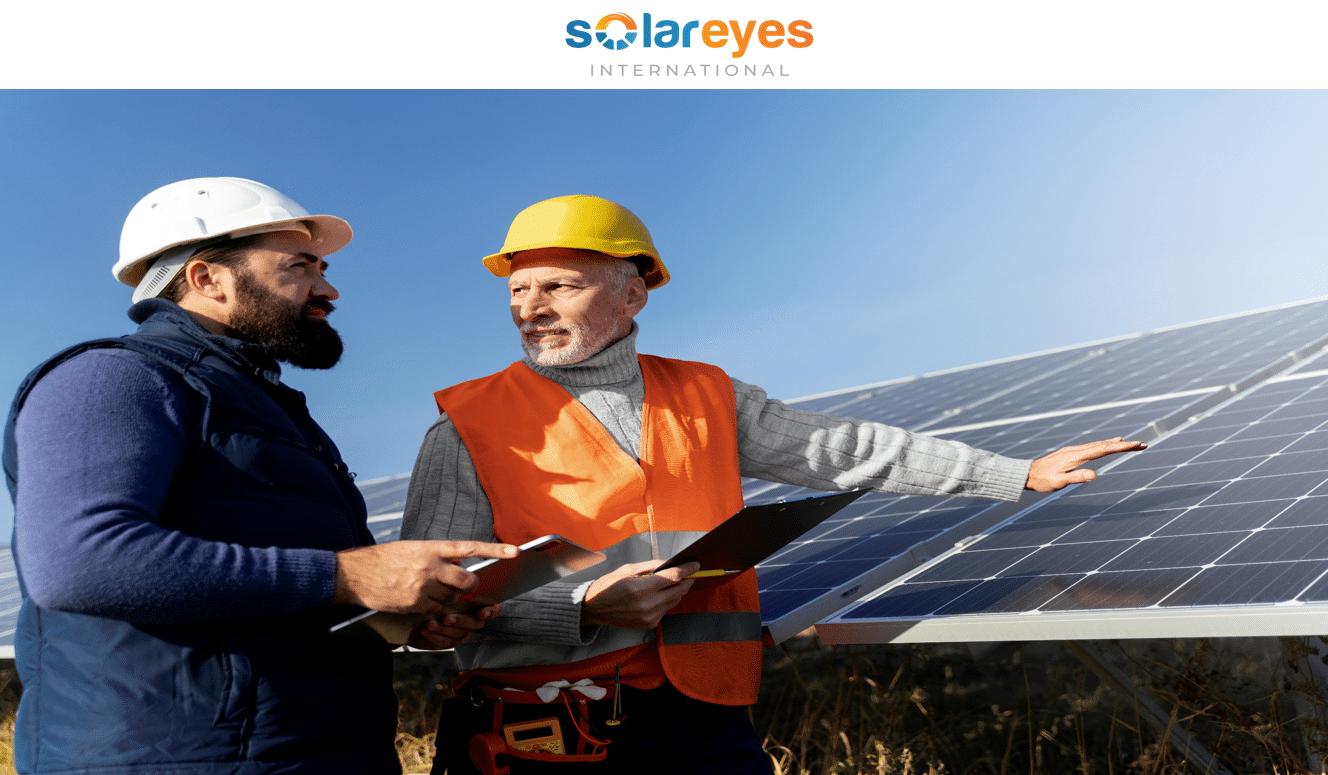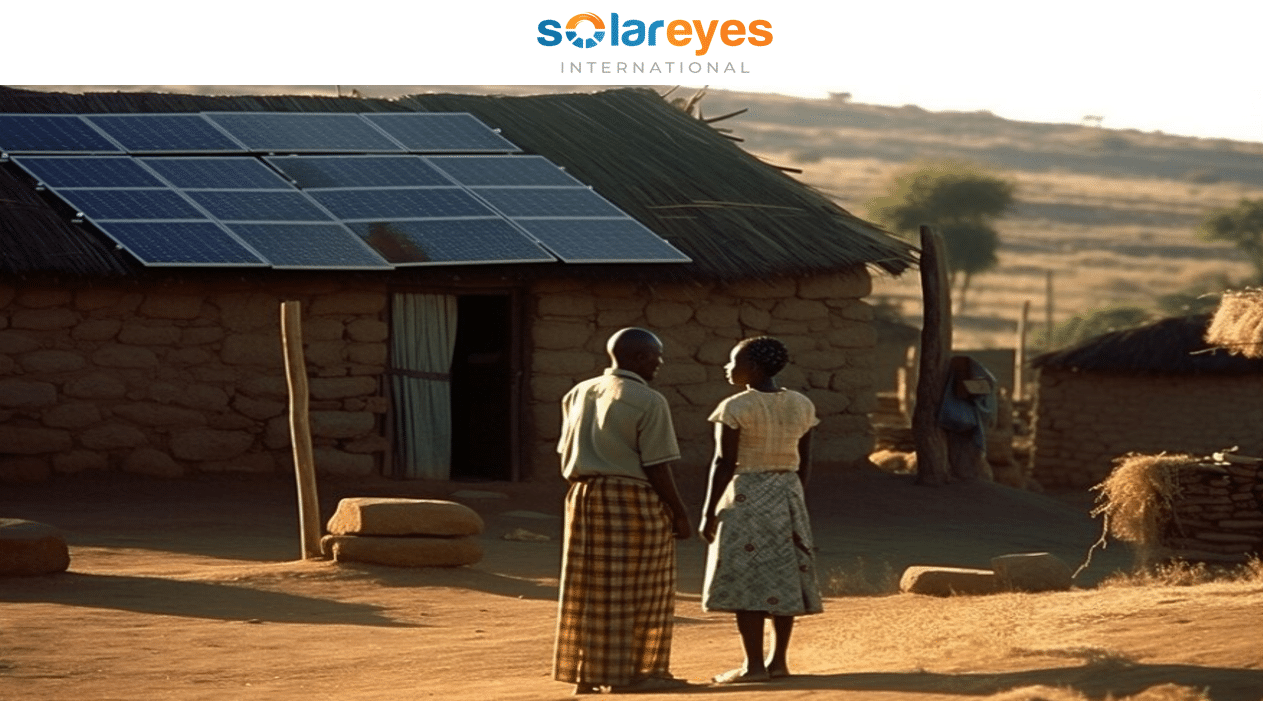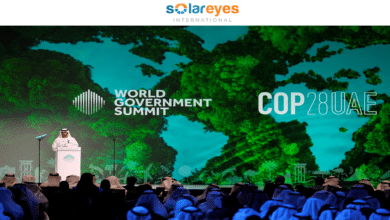Renewable Energy in South Africa: A Critical Analysis of Policies and Projects
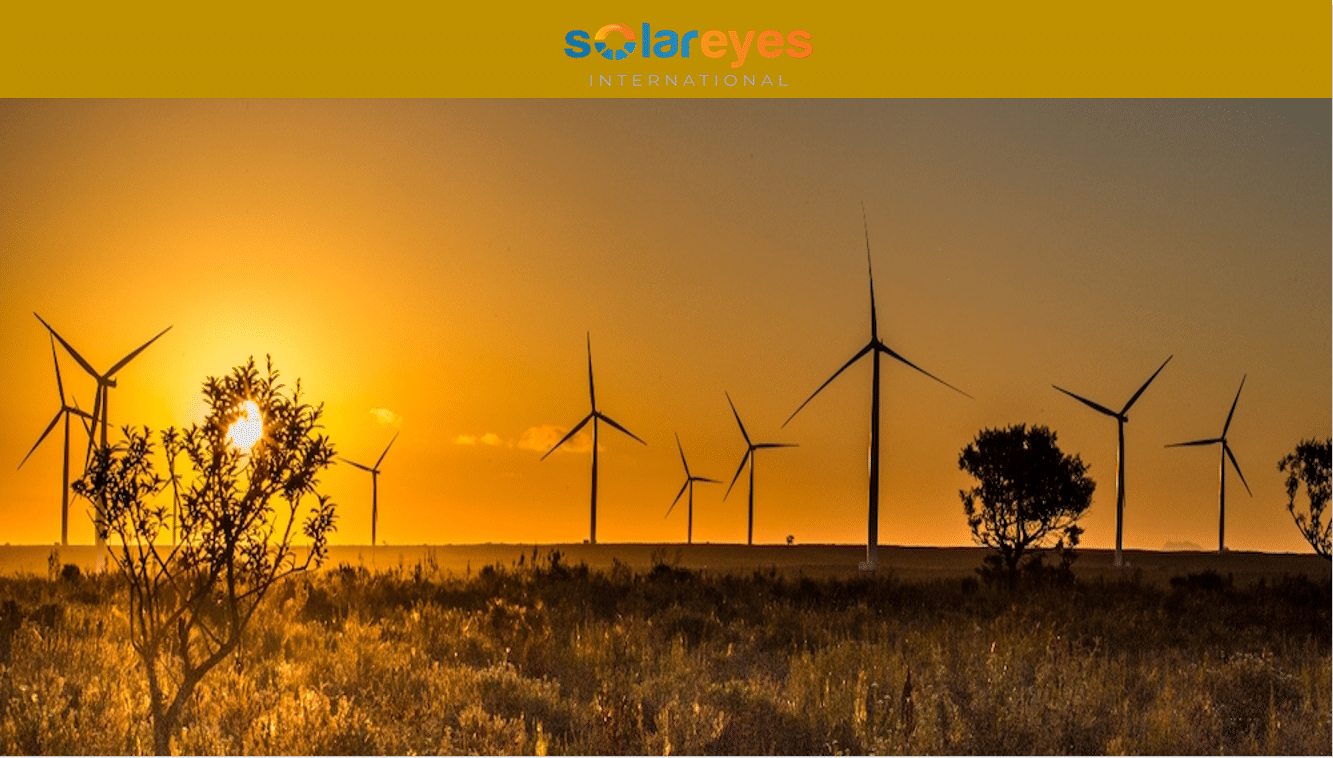
South Africa has emerged as a leading nation in the implementation of renewable energy solutions. The government has instituted robust policies and incentives to promote the adoption of clean energy throughout the country.
Solar Panels on Your Roof in South Africa? Here is How to Qualify for a Tax Rebate
With an ambitious objective of sourcing 42% of its electricity from renewable energy sources by 2030, the government is investing in both existing and upcoming renewable energy projects in South Africa.
In this article, we will explore the existing and upcoming renewable energy projects and analyse the benefits and drawbacks of the current policies for renewable energy in the country.
Existing Renewable Energy Projects in South Africa
South Africa has a host of renewable energy projects already in operation. Here are some of the most notable projects:
- Jeffreys Bay Wind Farm
Completed in 2014, the Jeffreys Bay Wind Farm is a 138 MW wind farm located in South Africa’s Eastern Cape province. The facility comprises 60 turbines and is capable of powering over 100,000 households.
HOW TO START A SOLAR COMPANY – do these 6 things and make money through solar
During the construction phase, approximately 700 jobs were created, with 20 permanent employment opportunities established during operation.
- Khi Solar One Project
The Khi Solar One facility, a 50 MW concentrated solar power (CSP) project, was completed in 2016 in South Africa’s Northern Cape province. The project utilizes parabolic trough technology to generate power and has a thermal energy storage capability of up to two hours.
During construction, the project created over 500 jobs, with 45 permanent staff currently employed for its operation.
- Droogfontein Solar Power Plant
Located in the Northern Cape province, the Droogfontein Solar Power Plant is a 50 MW photovoltaic (PV) solar power plant.
The facility comprises 200,000 solar panels and can generate enough electricity to power over 40,000 homes. During construction, the project created over 1,200 jobs, with 12 permanent positions established during operation.
- De Aar Solar Power Project
The De Aar Solar Power Project, a 175 MW photovoltaic (PV) solar power plant located in the Northern Cape province, features over 500,000 solar panels.
SOLAR SYSTEM COMPONENTS AND THEIR FUNCTIONS
The facility can generate enough electricity to power over 75,000 homes. During construction, the project created over 1,200 jobs, with 12 permanent positions established during operation.
- Sere Wind Farm
The Sere Wind Farm, located in the Western Cape province, is a 100 MW wind farm comprising 46 turbines. The facility can generate enough electricity to power over 124,000 households. During construction, the project created over 1,100 jobs, with 8 permanent positions established during operation.
Upcoming Renewable Energy Projects and Existing Policies in South Africa
South Africa has been leading the way in renewable energy, with various ongoing projects and policies aimed at bolstering the development of green energy. Here are some of the upcoming projects and existing policies in South Africa for renewable energy.
Upcoming Renewable Energy Projects
- Green Hydrogen Plant
Hive Hydrogen and Linde, through its South African subsidiary Afrox, are planning to construct a green hydrogen plant in the Eastern Cape. The plant is expected to commence construction in 2024 and complete by December 2026, with a capacity of 50 MW and a cost of R75.0 billion.
- Round 5 – Renewable Energy Independent Power Producer Procurement Programme (REIPPPP)
The South African government has launched the fifth round of the REIPPPP, which is set to attract R34.3 billion in investment from various companies. The bidding window for the project started in March 2021 and closed in December 2021. The project expected to complete by December 2026.
- Salvokop Mixed-Use Government District
The Department of Public Works and Infrastructure is planning to develop a mixed-use government district in Salvokop, Pretoria, with a cost of R18.0 billion and an expected completion date of December 2025. The district will include residential, commercial, and public spaces.
- TNPA Western Region Ports Expansion Project
Transnet National Ports Authority (TNPA) has announced plans to expand its ports in the Western Region of South Africa, with a cost of R16.1 billion and an expected completion date of December 2028.
The project will involve the construction of new infrastructure and the refurbishment of existing facilities.
- Round 6 – Renewable Energy Independent Power Producer Procurement Programme (REIPPPP)
The government is planning to launch the sixth round of the REIPPPP in the near future, which is expected to attract R12.1 billion in investment from various companies. The project is expected to complete by December 2026.
- Seriti Coal Mine Windfarm Project
Seriti Resources is planning to construct a wind farm at its coal mine in Mpumalanga, with a capacity of 66 MW and a cost of R12.0 billion. The project is expected to commence construction in 2022 and complete by June 2024.
Existing Policies for Renewable Energy in South Africa
1. Renewable Energy Independent Power Producer Procurement Programme (REIPPPP)
The REIPPPP is a trailblazing government-led programme that aims to bolster the development of renewable energy projects by attracting private sector investment. Since its inception in 2011, the programme has procured over 6,800 MW of renewable energy capacity, making it one of the world’s most successful renewable energy procurement programmes.
The REIPPPP offers long-term power purchase agreements (PPAs) to renewable energy projects through a highly competitive bidding process. REIPPPP has attracted over ZAR 200 billion in private sector investment, created over 38,000 jobs and reduced greenhouse gas emissions by over 33 million tons. However, the programme has faced criticism for its slow implementation and high transaction costs.
2. Renewable Energy Feed-in Tariff (REFIT)
The REFIT policy, launched in 2009, promotes the deployment of small-scale renewable energy projects in South Africa. The policy offers a fixed tariff for electricity generated from renewable energy sources, providing investors with a predictable revenue stream.
REFIT has supported the development of over 100 small-scale renewable energy projects, including solar PV, wind, and hydro, with a combined capacity of 40MW. The policy has created job opportunities in rural areas and helped to reduce greenhouse gas emissions. However, the low tariff rates have been criticized for not adequately incentivizing investors.
Solar Panels on Your Roof in South Africa? Here is How to Qualify for a Tax Rebate
3. Renewable Energy Tax Incentives
The South African government offers a range of tax incentives for renewable energy projects, including accelerated depreciation and investment tax credits. These incentives are designed to encourage investment in renewable energy projects by reducing the cost of capital.
Since their introduction in 2006, the incentives have been highly effective in driving investment in renewable energy projects. The benefits of the tax incentives include increased investment in renewable energy projects and reduced greenhouse gas emissions. However, the incentives have been criticized for their limited scope and complexity.
4. Municipal Energy Resilience Programme (MERP)
The MERP is a novel programme that seeks to bolster the development of municipal-level renewable energy projects in South Africa.
The programme provides technical assistance and funding to municipalities to develop renewable energy projects, including solar PV and biogas. Since its launch in 2017, the MERP has generated significant benefits, including increased energy resilience and reduced greenhouse gas emissions at the local level. However, the programme has faced criticism for its limited scope and funding.
5. Renewable Energy Development Zones (REDZs)
The REDZs are innovative designated areas where renewable energy projects are encouraged and prioritized. The REDZs provide a supportive policy and regulatory framework for renewable energy projects, reducing regulatory barriers and providing streamlined approvals.
Since their introduction in 2011, the REDZs have generated significant benefits, including increased investment in renewable energy projects and job creation. However, the policy has faced criticism for its limited geographic scope and lack of clear guidelines for project developers.
6. Tax Rebates for Rooftop Solar Panels
The South African government offers tax rebates to households and businesses that install rooftop solar panels. The benefits of this policy include reduced electricity bills, increased investment in renewable energy, and job creation.
However, one disadvantage is the high upfront cost of installing solar panels, which may deter some households and businesses from taking advantage of the policy.
Analyzing South Africa’s Renewable Energy Approach: Pros, Cons, Solutions, and Recommendations
South Africa has made significant progress in its approach to renewable energy, setting an ambitious target of sourcing 42% of its electricity from renewable energy sources by 2030.
ENERGY SAVING TIPS – 7 tips to save money through energy savings
Policies like the REIPPPP, REFIT, and Renewable Energy Tax Incentives have incentivized investment in the sector, creating job opportunities while reducing greenhouse gas emissions. However, the slow implementation of policies and high transaction costs remain significant challenges, along with the limited scope of some policies like the MERP and REDZs.
Nonetheless, upcoming projects such as the Green Hydrogen Plant and Round 5 and 6 of the REIPPPP are expected to increase investment in renewable energy. To overcome these challenges, possible solutions include reducing transaction costs and expanding the scope of policies such as the MERP and REDZs.
HOW TO START A SOLAR COMPANY – do these 6 things and make money through solar
Besides these challenges, South Africa needs to ensure the availability of renewable energy to its low-income population. Although the benefits of renewable energy are clear, the cost of transitioning to renewable energy sources can be a significant barrier for low-income households.
One possible solution is to increase investment in decentralized renewable energy solutions such as rooftop solar panels, which can provide low-income households with access to clean energy and reduce their energy bills. The government could also provide financial incentives to households that install renewable energy solutions.
By making renewable energy more affordable and accessible, South Africa can ensure that its transition to renewable energy is inclusive and benefits all its citizens. To make renewable energy more cost-efficient, the South African government has introduced tax rebates for rooftop solar panels. However, the high upfront cost of installing solar panels remains a significant issue.
SOLAR SYSTEM COMPONENTS AND THEIR FUNCTIONS
The government could reduce the cost of imported solar panels and invest in local manufacturing to boost the domestic supply chain. Such measures would support the country’s ambition to increase its share of renewable energy and contribute to sustainable development.
Additionally, the government could collaborate with the private sector to create innovative financing mechanisms to enable households to access renewable energy. By addressing these challenges, South Africa can achieve its ambitious targets and create a sustainable future for all its citizens.
This article was written by Nongcebo Buthelezi who is a SolarEyes Contributor. More information about SolarEyes Contributors can be found on this link: https://solareyesinternational.com/solareyes-international-contributors/
FOLLOW US ON OUR CHANNELS
Follow us on LINKEDIN, FACEBOOK, TELEGRAM GROUP and WHATSAPP.
*** ALSO CHECK: ABBREVIATIONS IN THE SOLAR ENERGY SECTOR
HOW TO SIZE A SOLAR SYSTEM – 5 clear steps anyone can follow

